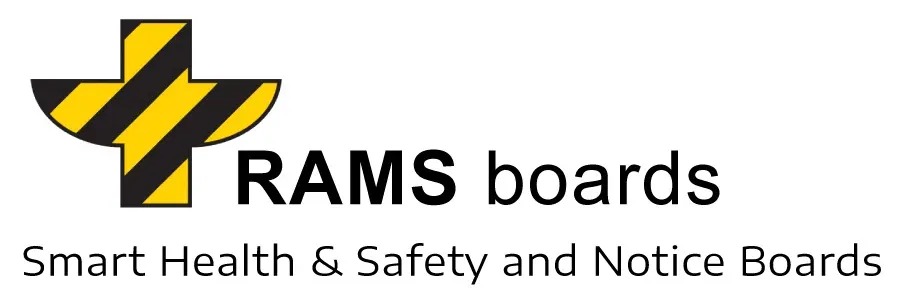RAMS boards are exceptionally well-equipped to withstand seismic activities or vibrations commonly encountered in construction zones, thanks to their robust construction and material composition. The resilience of these boards in such challenging environments can be attributed to several key factors:
- Material Strength and Flexibility: RAMS boards are made from High-Density Polyethylene (HDPE), a material known for its strength and flexibility. HDPE`s inherent properties allow it to absorb and dissipate energy, such as that from seismic activities or vibrations, without compromising its structural integrity. This means that RAMS boards maintain their form and functionality even in the face of such disturbances.
- Durability in Harsh Conditions: HDPE is not only resistant to seismic activities but also to a variety of environmental stresses. This includes extreme temperatures, UV exposure, and moisture – all common in construction zones. This durability ensures that RAMS boards remain effective as communication and safety tools, regardless of the surrounding conditions.
- Stable and Secure Anchoring: The design of RAMS boards includes considerations for stable and secure anchoring. When correctly installed and anchored, these boards can withstand the forces generated by ground movements and vibrations, ensuring they remain upright and functional.
- Shock Absorption Capacity: The physical properties of HDPE include a significant capacity for shock absorption. In the event of seismic activities, this capacity allows RAMS boards to absorb and dissipate vibrational energy, reducing the risk of damage or dislodgement.
- Longevity and Maintenance: The resilience of HDPE to seismic activities and vibrations contributes to the longevity of RAMS boards. Their ability to withstand these forces without degrading or requiring frequent repairs makes them a reliable and low-maintenance option for construction sites prone to such environmental challenges.
- Compliance with Safety Standards: RAMS boards are designed to comply with safety standards, including those that pertain to stability and resilience in challenging environments. This compliance further assures their reliability in seismic and vibrational conditions typically found in construction zones.
In summary, RAMS boards are well-suited to withstand seismic activities or vibrations in construction zones due to their construction from High-Density Polyethylene (HDPE), which offers strength, flexibility, and shock absorption. Their stable anchoring, durability in harsh conditions, low maintenance requirements, and compliance with safety standards all contribute to their effectiveness and reliability in these challenging environments.
